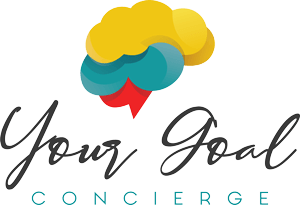Am I the toxic leader?
Erica Kesse
Am I the Toxic Leader? A Guide to Self-Reflection and Growth

As a leader, it's important to be aware of the potential for toxic leadership in your professional and personal life. However, it's also important to be aware of the potential for toxic behavior within ourselves. As an executive assistant, an administrator, a member of an executive team, or a mompreneur, it's important to reflect on our own leadership style and ask ourselves the question, "Am I the toxic leader?"
The first step in answering this question is to understand the characteristics of toxic leadership. This might include traits like manipulation, deceit, and control, or specific behaviors like bullying, harassment, and discrimination. It's important to be aware of these red flags and to know what we won't tolerate in ourselves or in a work environment.
It's also important to investigate our own physical, mental, emotional, and spiritual health. A healthy leader will be able to manage their stress, have a good work-life balance, maintain healthy relationships, and take care of their mental and physical health. It's important to take the time to reflect on our own well-being and see if there are any areas that need improvement.
One important step in self-reflection is doing our own self-work. This includes identifying our own personal biases and blind spots, examining our own thought patterns and behaviors, and actively working to improve ourselves. Seeking mentoring, coaching, and counseling for ourselves can also be beneficial in this process.
As you reflect on your own leadership style and ask yourself the question, "Am I the toxic leader?" remember that growth is a process. It's okay to challenge ourselves and to make mistakes along the way. Joining communities like the Transformational Leadership Community on Facebook, where you can connect with other like-minded individuals who understand the importance of self-reflection and growth, can also be beneficial.
In conclusion, It is important to reflect on our own leadership style and ask ourselves the question, "Am I the toxic leader?" Leadership should do no harm, and it is important to understand the characteristics of toxic leadership vs healthy leadership. It is important to investigate our own physical, mental, emotional, and spiritual health. It is important to do our own self-work, seek mentoring, coaching, and counseling for ourselves, and remember that growth is a process. Joining communities like the Transformational Leadership Community on Facebook, where you can connect with other like-minded individuals who understand the importance of self-reflection and growth, can also be beneficial.



